Your basket is currently empty!
Bed 1
2023
Kale “Cavolo Nero”


‘Nero di Toscana’, ‘Cavolo Nero’, or literally ‘Black Cabbage’.
A hardy, dark colour form of kale that was cultivated in 18th Century Northern Italy. The plant grows to a height of two feet, with blistered leaves often over 30 cm (1 ft) in length and 5–10 cm (2–4 in) wide. Historically Cavolo Nero has been used to fill the ‘hungry gap’ over late winter and early spring, before the spring crops come to harvest.
More details
Full name: ‘Nero di Toscana’, ‘Cavolo Nero’, or literally ‘Black Cabbage’
Harvest season: October – April
Colour: Dark green
Size: up to 6ft.
Cultivated by: 1792
Purple Sprouting Broccoli
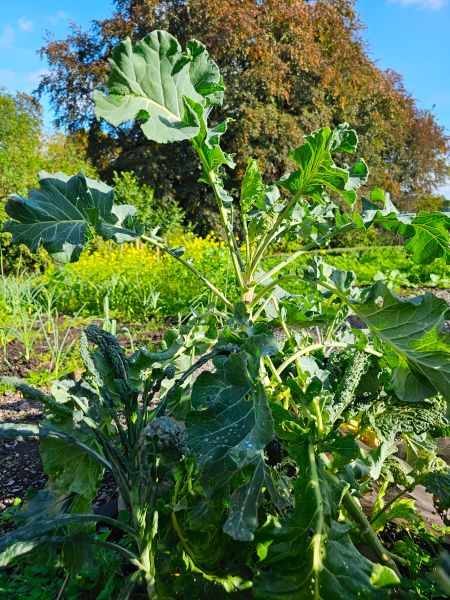
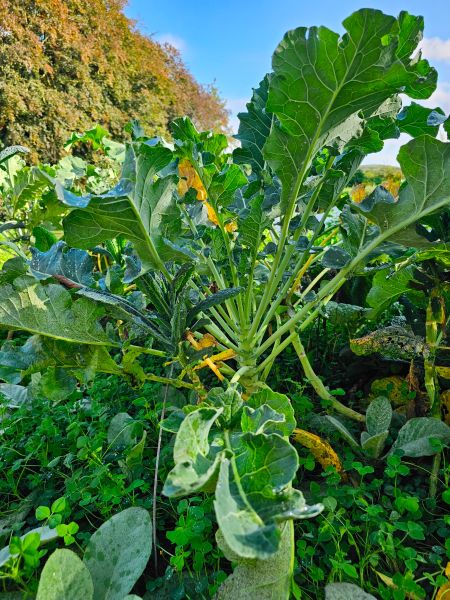
First cultivated by the Romans and Greeks, broccoli continued to be grown in Italy only appearing in France in the 16th Century and reaching the British Isles in the early 1700s. This variety of sprouting broccoli – characterised by bright purple buds on the tips of long, leafy stems – first appears in The Day Book of Cockmanning’s Nursery, 1777.
More details
Full name: Purple Sprouting Broccoli
Harvest season: Late February – Late March
Color: Dark Purple
Cultivated by: 1777
Cabbage January King

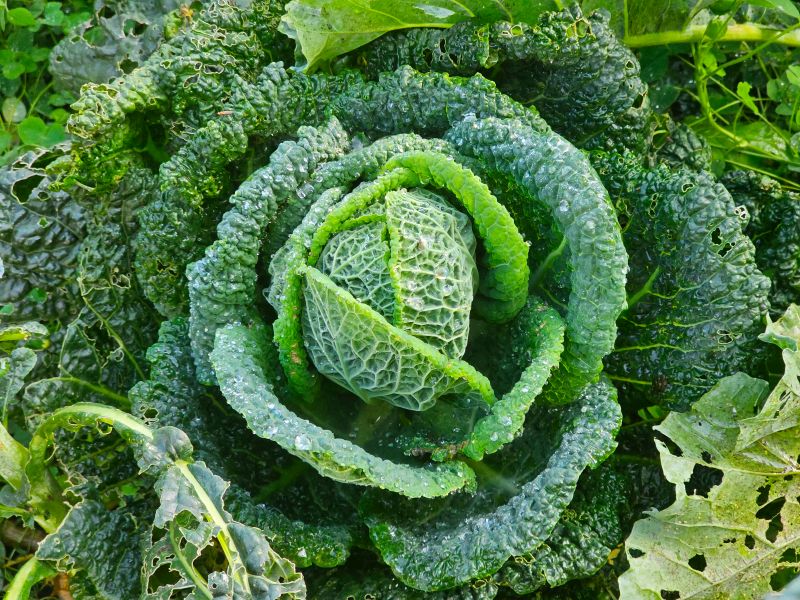
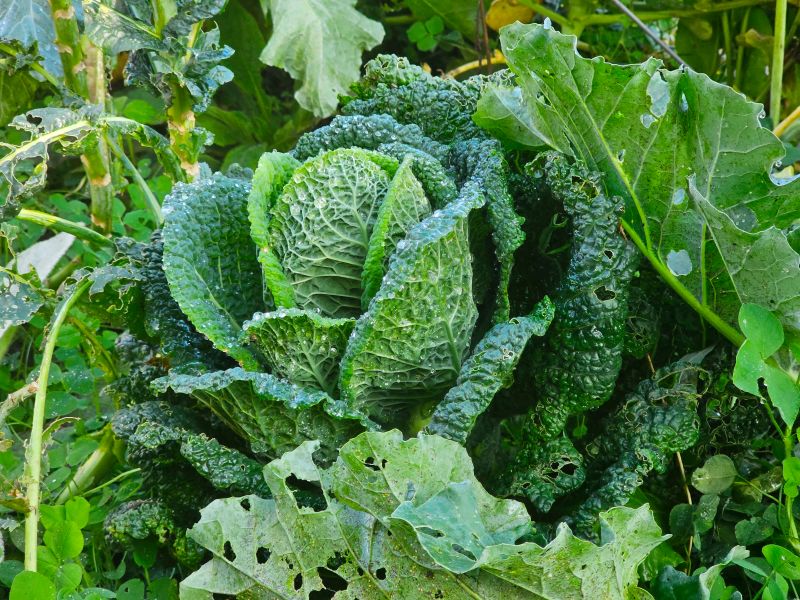
A French Savoy variety of cabbage cultivated by 1867 that is sown in spring for cutting in February, and is particularly suited to cold climates. A contemporary source noted, “Extremely cold hardy yet also grows well in the summer months. Dense, green, round to slightly flattened heads, have attractive, purple-tinged outer leaves.” The leaves take a deeper purple tint as the cold intensifies.
More details
Full name: January King or ‘De Pontoise’
Harvest season: October – February
Colour: Green with purple tint.
Cultivated by: 1867
Beetroot Golden
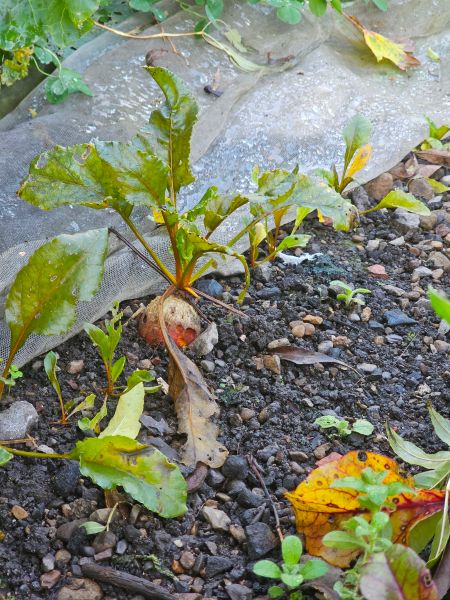
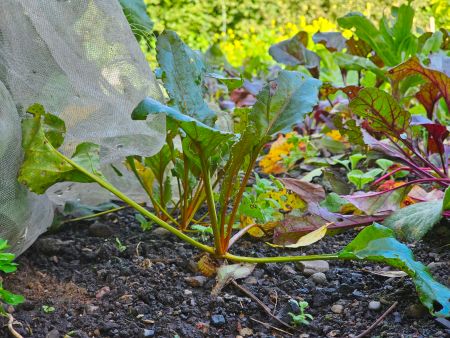

Golden yellow throughout, and commonly harvested when small, this beetroot has turnip-shaped roots with the distinct advantage that they do not bleed. Though it appeared in the Burpee Catalogue in the USA in 1940, similar varieties of beets were also documented earlier in the 19th century.
More details
Full name: Beetroot Golden or “Burpee’s Golden”
Grow season: March to July
Colour: Golden Yellow
Cultivated by: 1940
Beetroot Detroit Globe
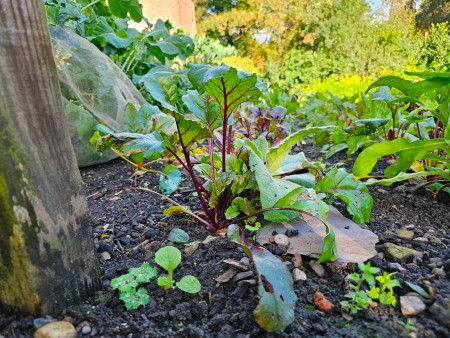
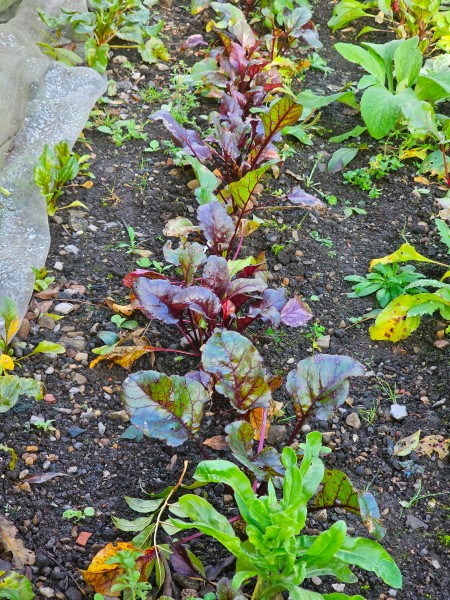
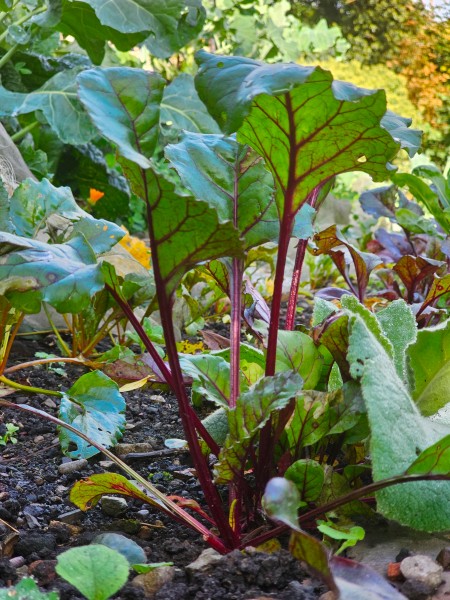
Once extolled as ‘the world’s greatest maincrop beet’, it is thought the original selection of this ox-blood red beetroot was made by Mr Reeves of Port Hope, Canada in 1892. Whilst still popular, the ‘detroid 2 crimson globe’ variety is generally considered to be an improvement on the original ‘detroid globe’, boasting higher yields.
More details
Full name: ‘Detroit Red Globe,’ ‘Crimson Globe’ or ‘Detroit Dark Red’
Harvest season: March to July
Colour: Ox-blood red
Cultivated by: 1882
Beetroot Crapaudine
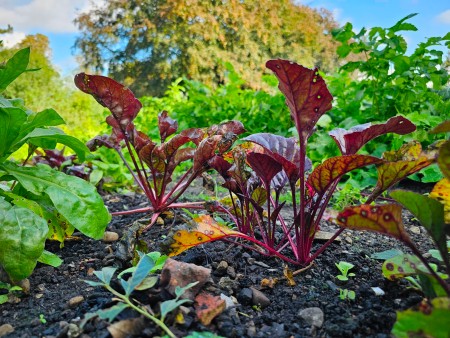
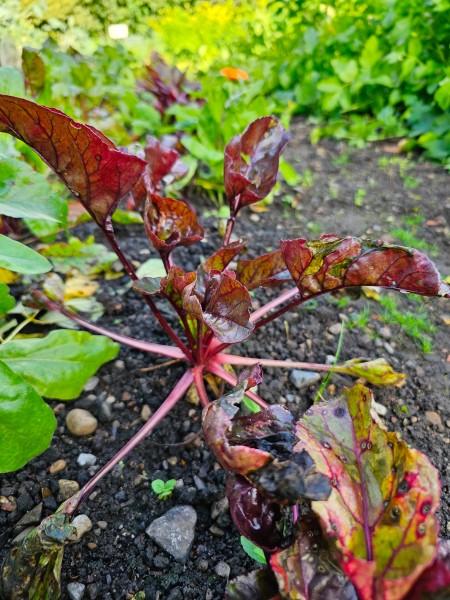
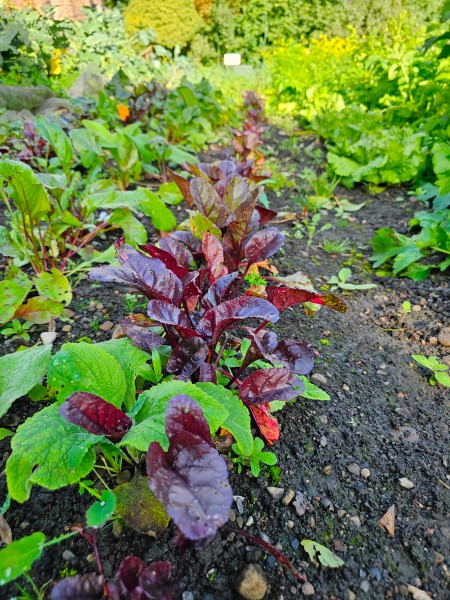
‘Crapaudine’ or ‘Toad’ is perhaps one of the oldest varieties of beetroot, and it is easily distinguished from all others by the peculiar appearance of its carrot-shaped roots that are covered by a black skin, broken by small cracks and crevices.
More details
Full name: ‘Rogue Crapaudine,’ ‘Crapaudine’ or ‘Toad’
Grow season: Late September to May
Colour: Black skin
Cultivated by: 1856
Some other interesting fact:
Parsnip hollow crown
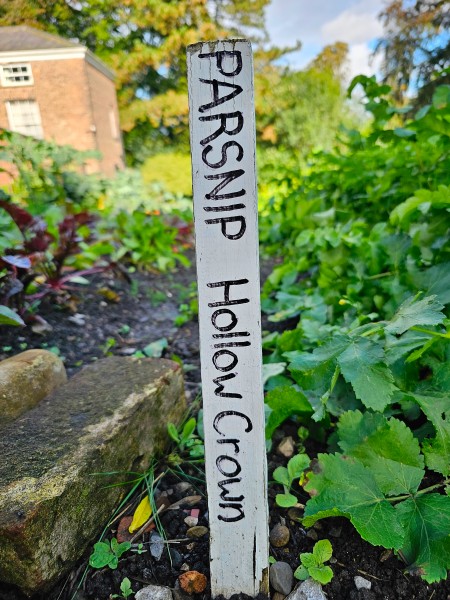
‘Hollow Crown’ is an ‘improved’ variety that arose from reselection of the original and was offered for sale in the latter part of the 19th Century. “In this variety the leaves are shorter and not so numerous as those of the common parsnip. The leaves are oblong. About 18in long more swollen at the top and not tapering gradually, but ending somewhat abruptly with a small tap-root which is about 4in in diameter.” Transactions of the RHS, 1825.
More details
Full name: ‘Hollow Crown,’ or ‘Long Jersey’
Grow season: Late Spring to Early Summer
Colour: White skin
Cultivated by: 1803
Parsnip Tender and Tru

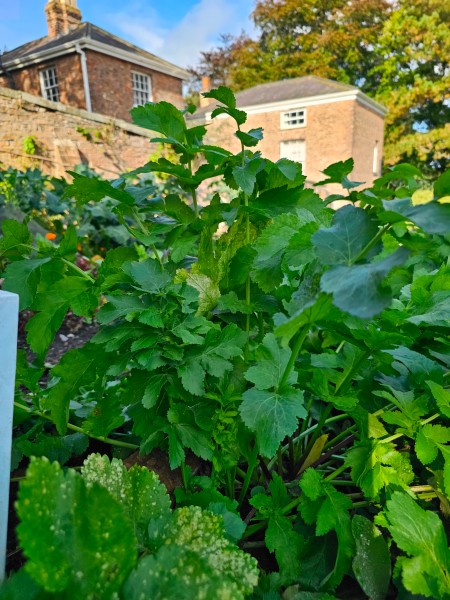
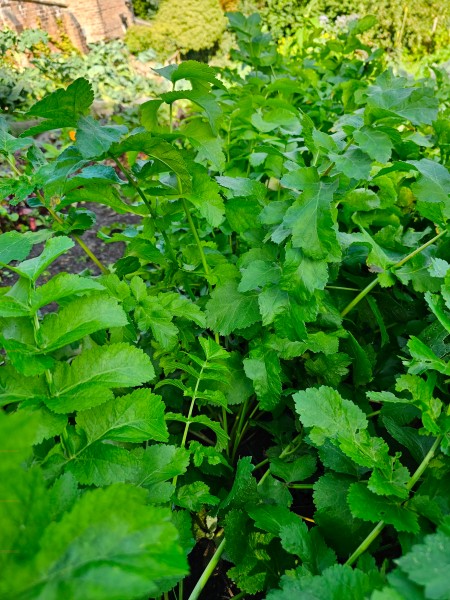
The parsnip is native to the British Isles as well as occurring throughout the rest of Europe and the Caucasus. It has been cultivated since Roman times, although the fleshy rooted varieties do not appear to have been developed until the Middle Ages. Tender and True is one of the most popular varieties of parnsip and is very much the gardeners favourite. It has a very uniform shape with pale coloured skin containing an outstanding flavour.
More details
Full name: ‘Tender and True,’
Grow season: October to Februrary
Colour: Pale skin
Cultivated by: 1887
Turnip Golden Ball
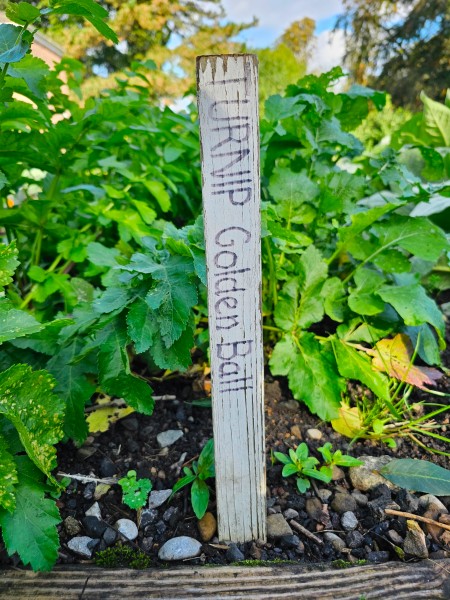
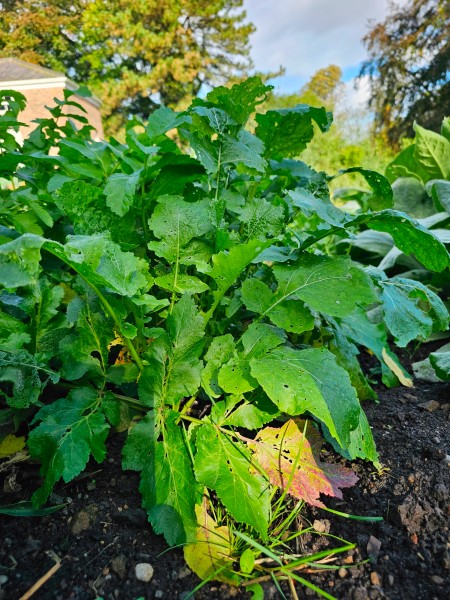
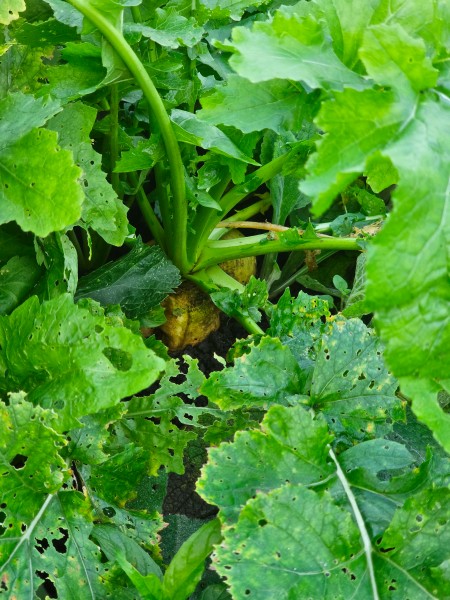
A dwarf and compact round turnip with golden skin and flesh and a sweet and mellow taste. “This variety was raised by Mr Chivas of Chester, and it is a Turnip of most excellent quality, the skin being thin and smooth, and the pulp solid, sweet and good.” RHS Journal 1853.
More details
Full name: ‘Golden Ball,’ “Jaune Boule d’Or,” or ‘Orange Jelly’
Grow season: Mid-July to Mid-August
Colour: Golden skin
Cultivated by: 1853
Turnip Snowball
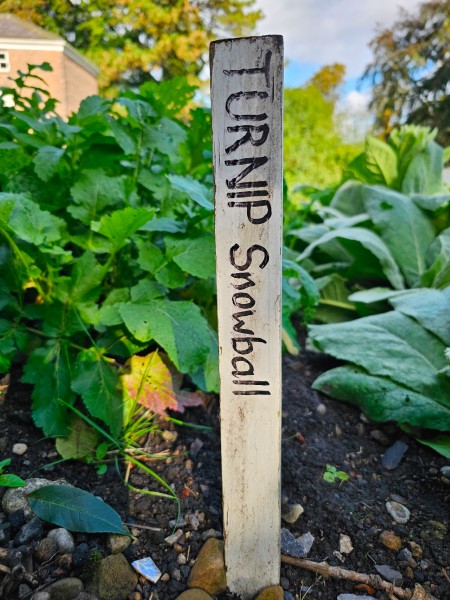
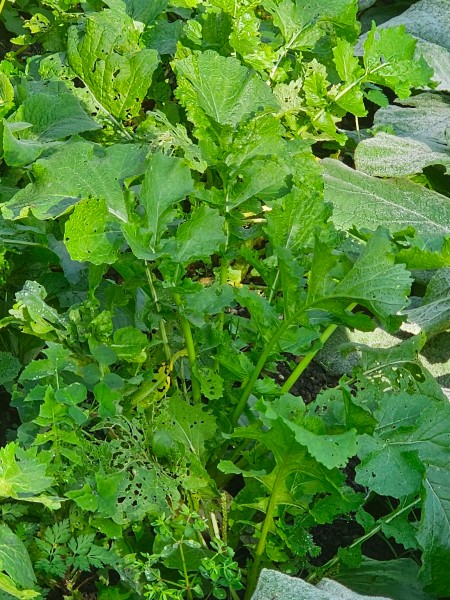
A mild and tender, egg-shaped turnip from Europe that can be eaten raw. “The difference between varieties arises through selection of seed, the tendency being to become more pointed, the correct form being nearly round, with a small tap root.” From a report on growing turnips, RHS, 1877.
More details
Full name: ‘Snowball,’ ‘Boule de Neige,’ ‘Model White,’ ‘White Egg,’ or ‘White Stone’
Grow season: March – July (made up info, just to fill in some text)
Color: White, Golden or White and Purple.
Cultivated by: 1800
Turnip Purple Top Milan
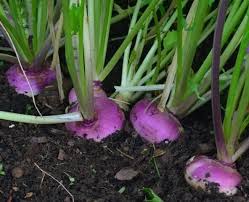
A classic Italian heritage variety that have been around since 1888. They produce flat topped turnips with attractive purple and white skin and a mild, sweet flavour.
More details
Full name: Turnip Purple Top Milan
Grow season: April – August
Cultivated by: 1888
Cauliflower all year around



As the name suggests, this variety can be sown at any time of year as it succeeds equally well in frames or in the open, but winter sown seen should be sown under glass for reliable germination. The large milky-white heads are protected by very dark green leaves that are slightly curled. Their high quality make them popular for showing.
More details
Full name: B. oleracea Botrytis or ‘All Seasons’
Grow season: March – July (made up info, just to fill in some text)
Color: Milky-white heads protected by slightly curled very dark green leaves.
Cultivated by: 1933
Some other interesting fact:
Cabbage Greyhound
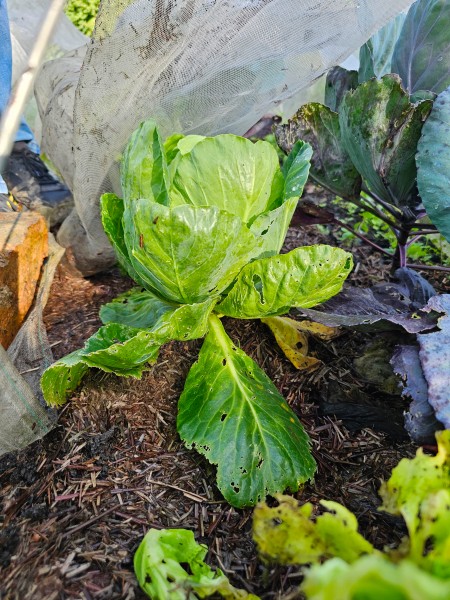
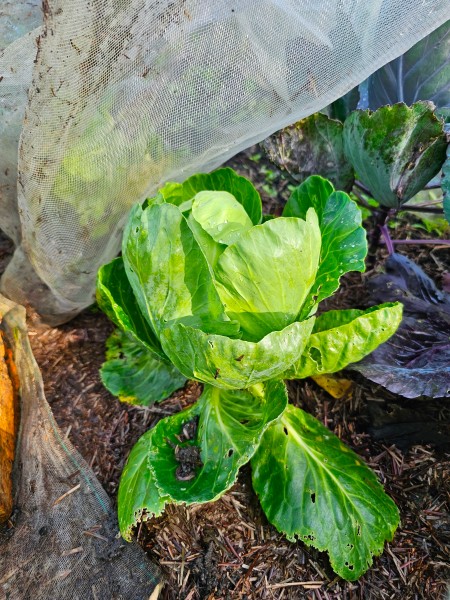
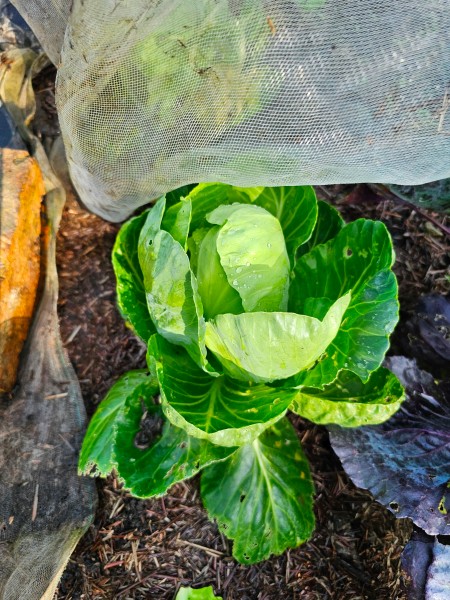
A reliable old favourite, Cabbage ‘Greyhound’ produces early maturing, pointed hearts in summer and autumn. This flavoursome cabbage has little core and very few wasted outer leaves.
More details
Full name: ‘Brassica oleracea’ or ‘Cabbage Greyhound’
Grow season: March – July (made up info, just to fill in some text)
Cabbage red drumhead

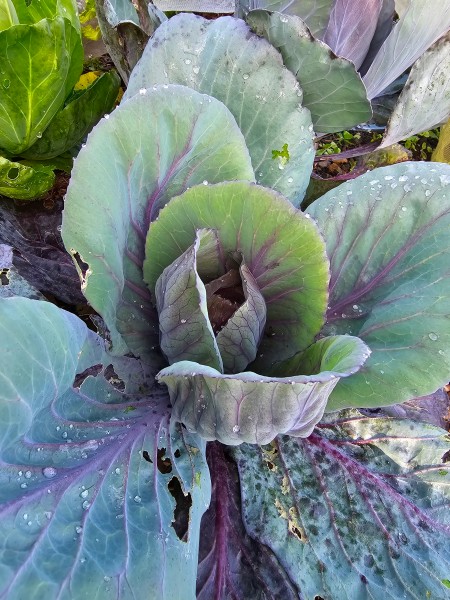
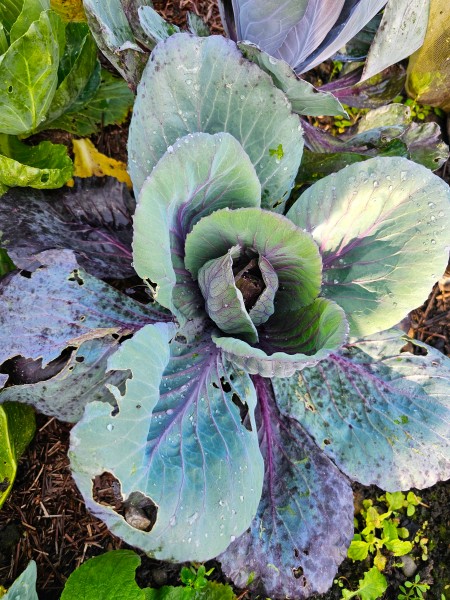
In Modern Gardener, 1771, the ‘Red Dutch’ was described as “the most familiar, as well as the most popular of the red varieties. The head is rather large, round, hard and solid; the leaves composing the head are of an intense purplish-red; the outer leaves are numerous, red, but with some intermixture or shades of green.” Its heads begin to mature from late summer, but are harvested at the first frost for peak maturity. It stores and pickles well with a sweet flavour.
More details
Full name: “Red Dutch”, “Rubine”, “Seven Hills” or “Red Drumhead”
Grow season: Late August to Late October
Cultivated by: 1771
Cauliflower snowball
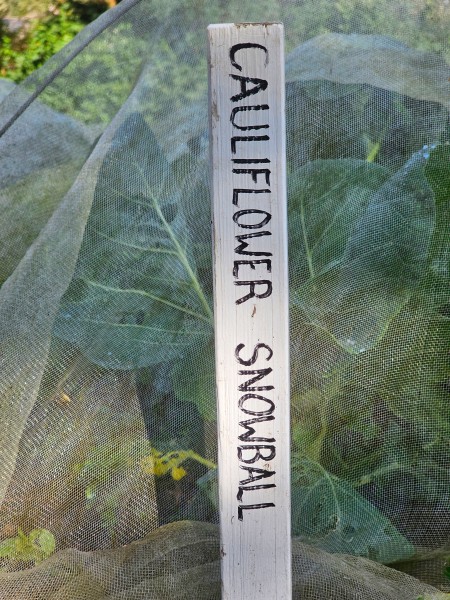
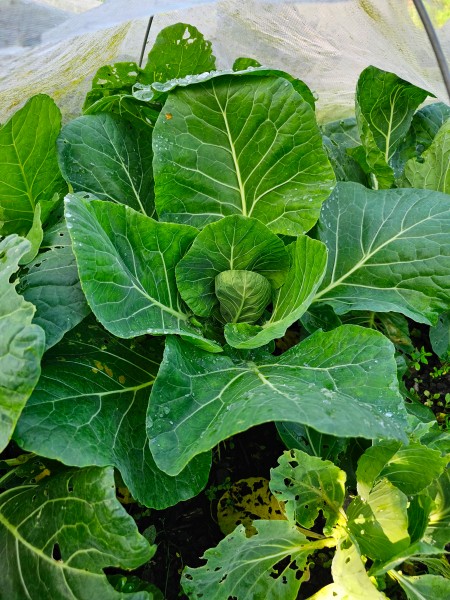
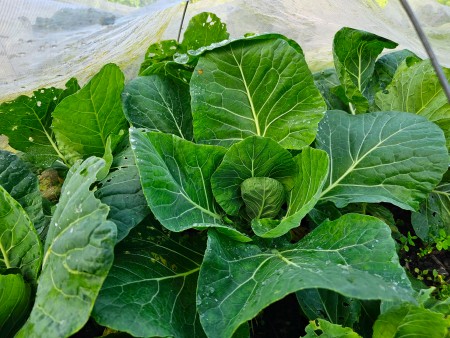
Although cauliflowers were in cultivation in America by the late 17th century it is the pure white varieties, such as ‘Snowball’, that have remained the most popular, than than the purple and green types so often seen in the markets of mainland Europe. It is easy to see why as they are more compact, easier to grow and can be grown at closer spacings. This type should be harvested when the heads are just about at that size, when they fit nicely into your cupped hand.
More details
Full name: “Dwarf Erfurt” or “Snowball”
Grow season: August – March
Size: 15″ – 18″
Cultivated by: 1830
Cabbage golden acre
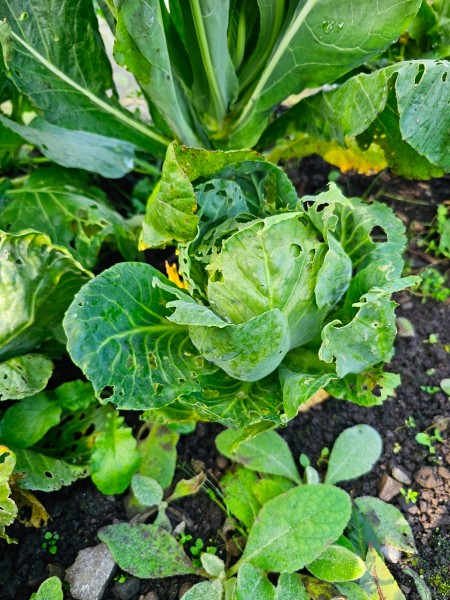
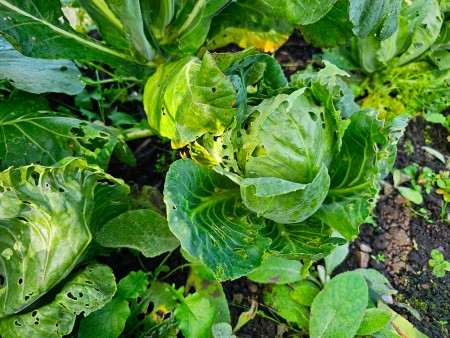
A ball-headed cabbage of light green colour, producing an early summer crop of tightly wrapped cabbage heads, which will keep until autumn. With its relatively compact size, it is suitable for planting in confined areas. This variety is North American bred, being cultivated by 1889, and is a favourite for making sauerkraut.
More details
Full name: ‘Golden Acre Cabbage’ or ‘Brassica oleracea var. capitata’
Grow season: 2-3 months
Leafbeet rhubarb chard
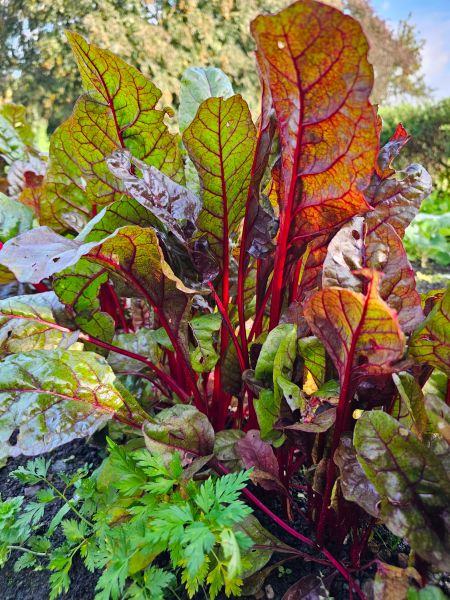
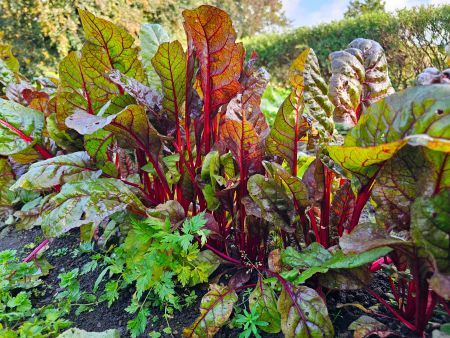

Grown for its bright colour, as well as its culinar yuses, this is perhaps the ‘Chilean beet’ of Vilmorin-Andriuex. To many growers it is less romantically known as red chard, but it is certainly pretty in the vegetable garden. Unfortunately, the colour is lost during cooking, but used young in salads this is a leaf bestowed with much taste and colour.
More details
Full name: ‘Nero di Toscana’, ‘Cavolo Nero’, or literally ‘Black Cabbage’
Grow season: March – July (made up info, just to fill in some text)
Carrot chantenay red cored



An old seed catalogue describes this carrot thus, “The tops are short and the foliage finely cut. The tops are not brittle and are strong enough to bunch easily. Roots are refined in appearance with small collars, evenly stumped with very small tails. The root surface is smooth and free from large eyes and side rootlets. Exterior colour a rich orange.” This is a fine French variety that was introduced into the USA in 1929.
More details
Full name: ‘Nero di Toscana’, ‘Cavolo Nero’, or literally ‘Black Cabbage’
Grow season: March – July (made up info, just to fill in some text)
Color:
Size:
Weight:
Some other interesting fact:
Carrot mr james scarlet intermediate



This hardy esculent-rooted biennial was introduced, in the cultivated form, from Holland during the 16th Century. The now familiar orange carrot is, in fact, not the true and original colour of the carrot. Before the 17th century, carrots were available in purple, white and yellow; the modern deep orange varieties are actually a mutation of the purple form. James Scarlet Intermediate is a reliable old favourite for maincrop and exhibition use. It has broad shoulders for easy lifting which taper to long roots of deep orange which rarely split.
More details
Full name:
Grow season: April to November
Color:
Size:
Cultivated by: 1870
Some other interesting fact:
Carrot paris market

This short almost round carrot is one of the very earliest, making it a favourite amongst market gardeners. It is sweet, tender and excellent for forcing. An old French variety, its has long been popular in Europe and is now gaining favour in America. Due to its small size it is useful for container growing.
More details
Full name: ‘Nero di Toscana’, ‘Cavolo Nero’, or literally ‘Black Cabbage’
Grow season: March – July (made up info, just to fill in some text)
Color:
Size:
Weight:
Some other interesting fact:
Swede best of all



The reputation of the swede has suffered unfairly from being known as a ‘wartime’ vegetable, that is a root that was eaten only when other delicacies were rationed. Its yellow flesh is subtle and sweet. An excellent winter vegetable, from late-spring to early-summer sowings the roots can be harvested from early autumn through until late spring. Swede ‘Best of All’ is a hardy, purple topped, yellow fleshed variety that is hardy and a mild flavour.
More details
Full name: ‘Nero di Toscana’, ‘Cavolo Nero’, or literally ‘Black Cabbage’
Grow season: March – July (made up info, just to fill in some text)
Color:
Size:
Weight:
Some other interesting fact:
Swiss Chard
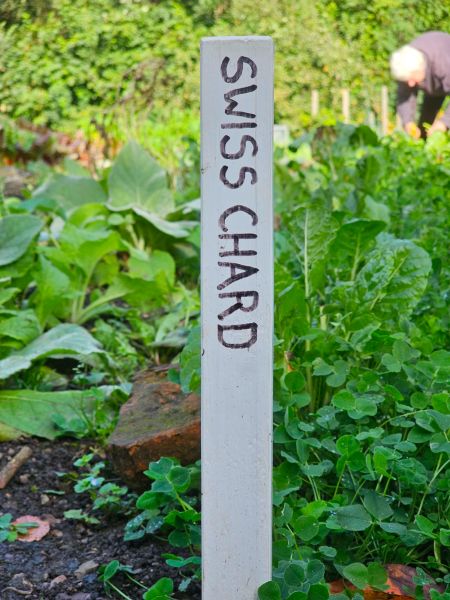
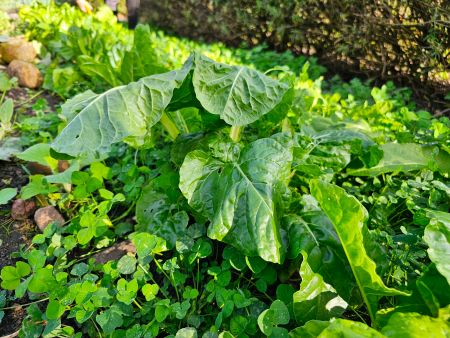
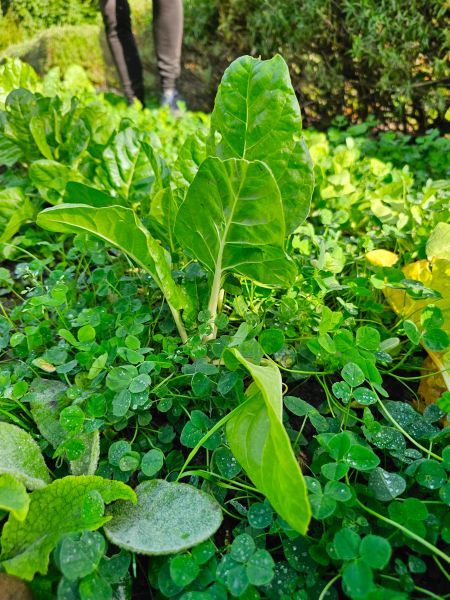
A close sister to beetroot, without the thick root, but instead with a thick crop of juicy leaves that bear comparison to spinach. Much easier to grow than spinach as it does not possess the former’s tendency to run to seed at the slightest hint of drought.
More details
Full name: ‘Swiss Chard’ or ‘Beta vulgaris L. var. cicla”
Grow season: Spring – Autumn
Leafbeet perpetual spinach
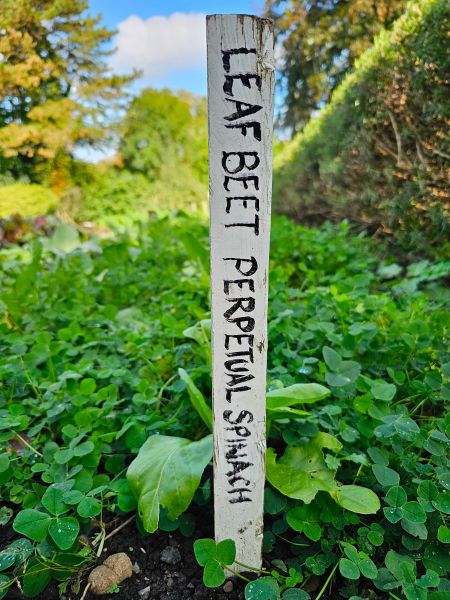
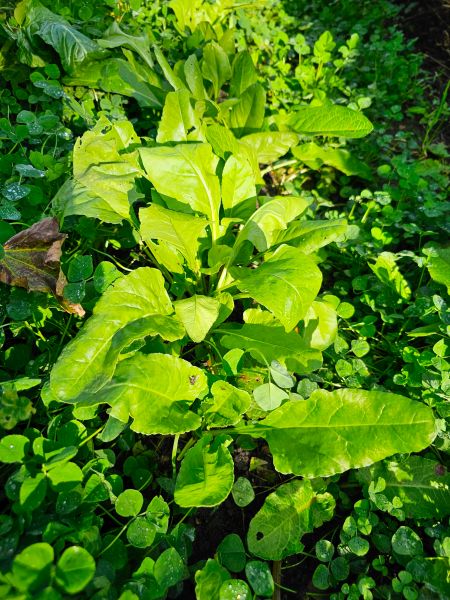
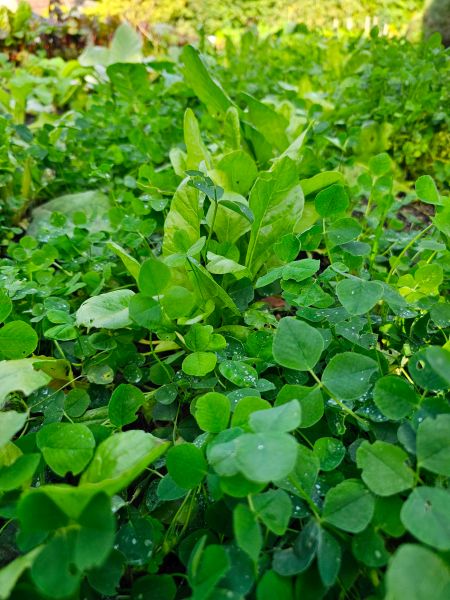
An excellent and long-standing alternative to spinach, a very old variety that lives up to its name. Noted as being very valuable on dry soil (where true spinach mostly runs to seed), ‘Perpetual Spinach’ will produce a very heavy crop, and it is said that it will produce more ‘greens’ per square foot than any other vegetable.
More details
Full name: ‘Leafbeet Perpetual spinach’ or ‘Spinach Beet’
Grow season: April – June
2024
Leek Geant d’hiver
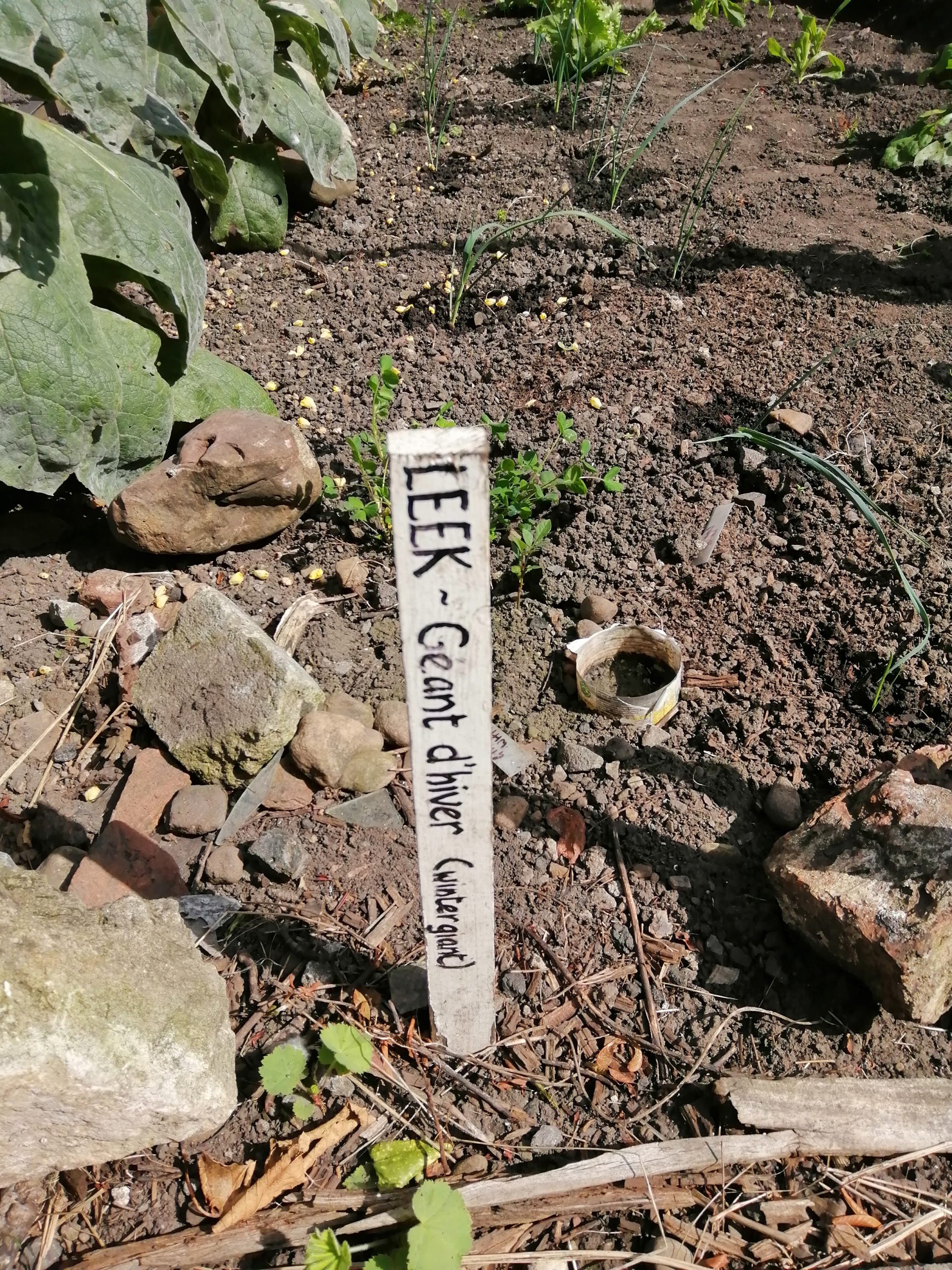
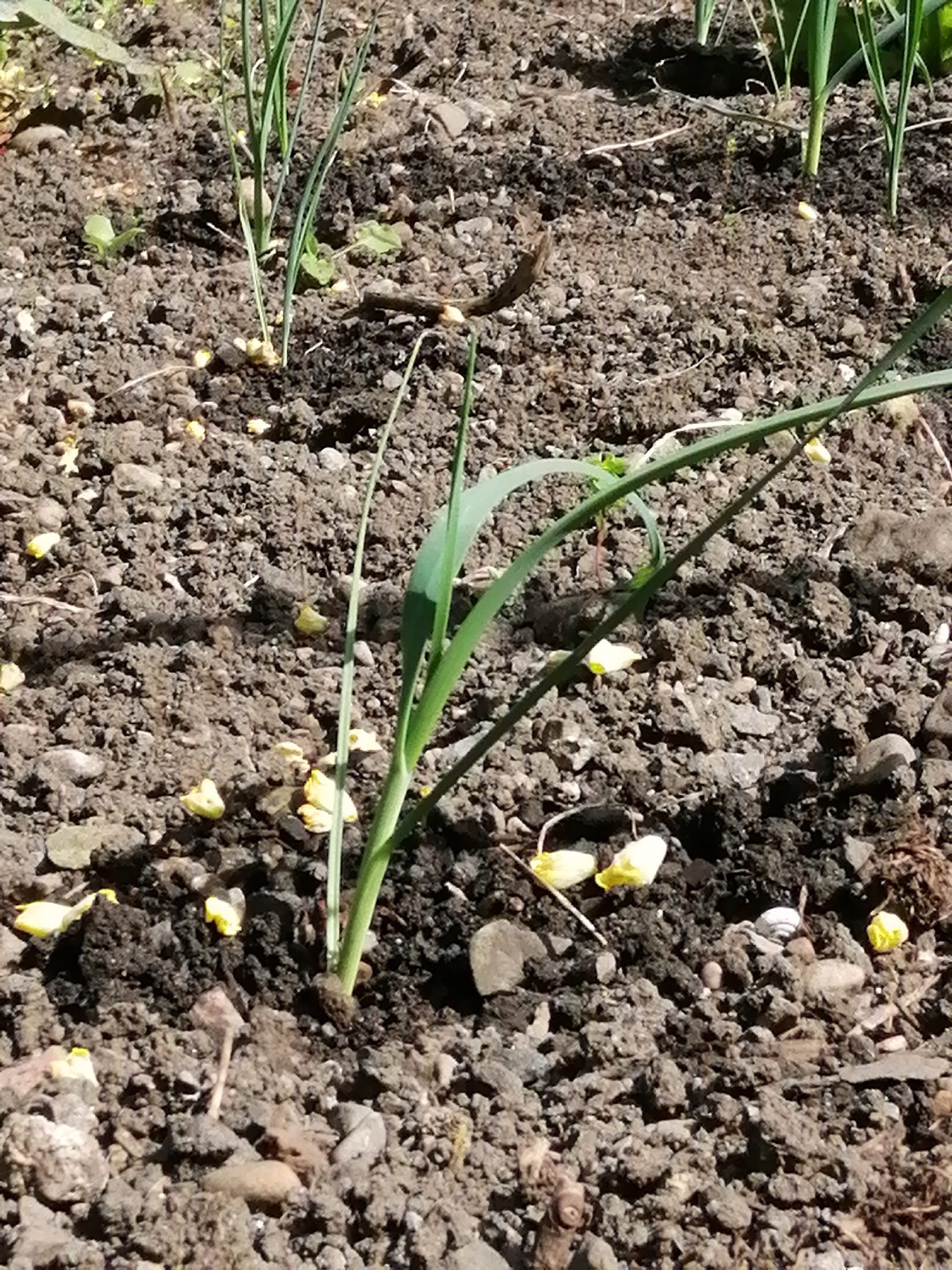
An excellent and long-standing alternative to spinach, a very old variety that lives up to its name. Noted as being very valuable on dry soil (where true spinach mostly runs to seed), ‘Perpetual Spinach’ will produce a very heavy crop, and it is said that it will produce more ‘greens’ per square foot than any other vegetable.
More details
Full name: ‘Leafbeet Perpetual spinach’ or ‘Spinach Beet’
Grow season: late February – early March, planted in late April – early May.
Leek – Blue Solaise
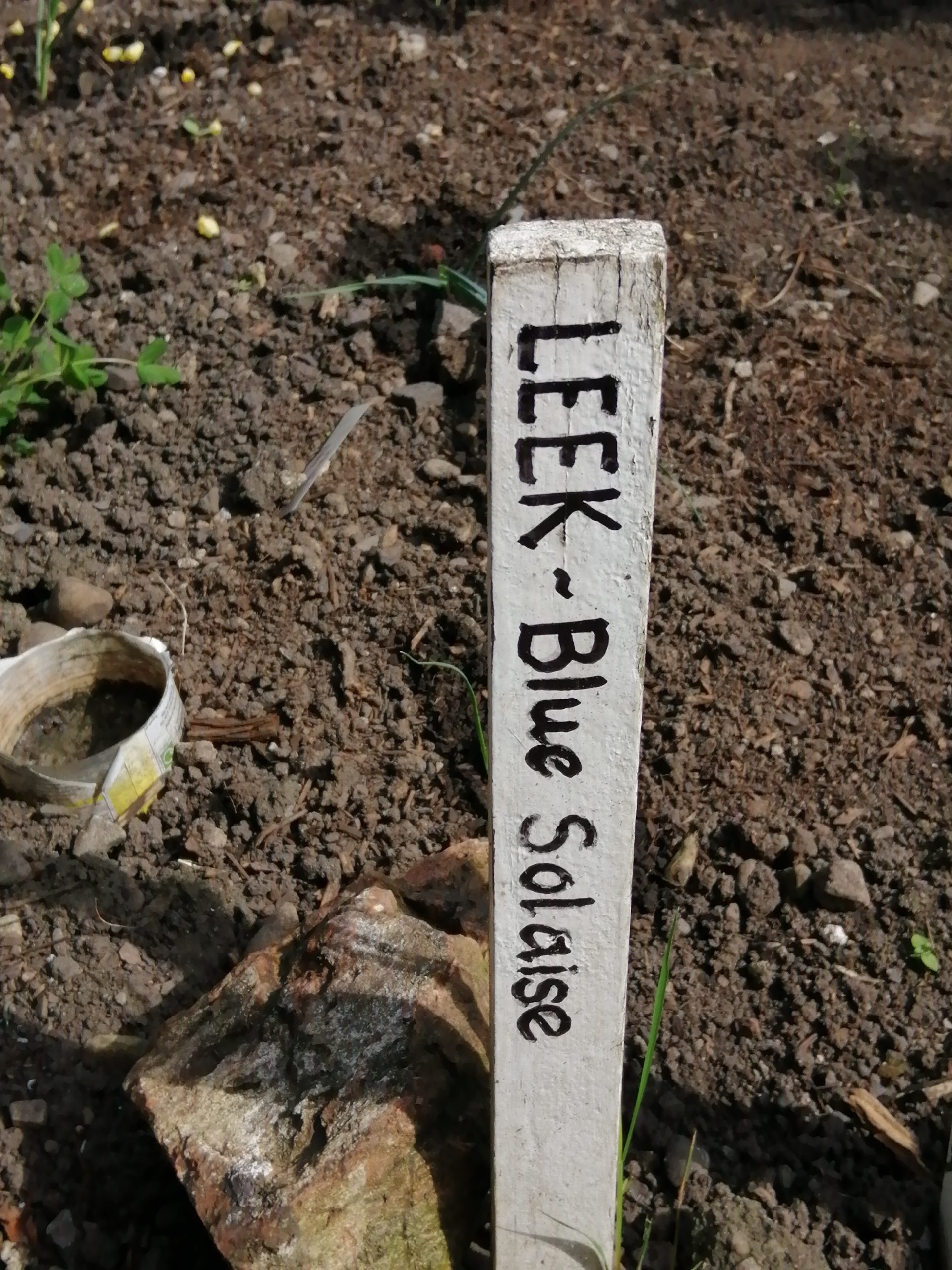
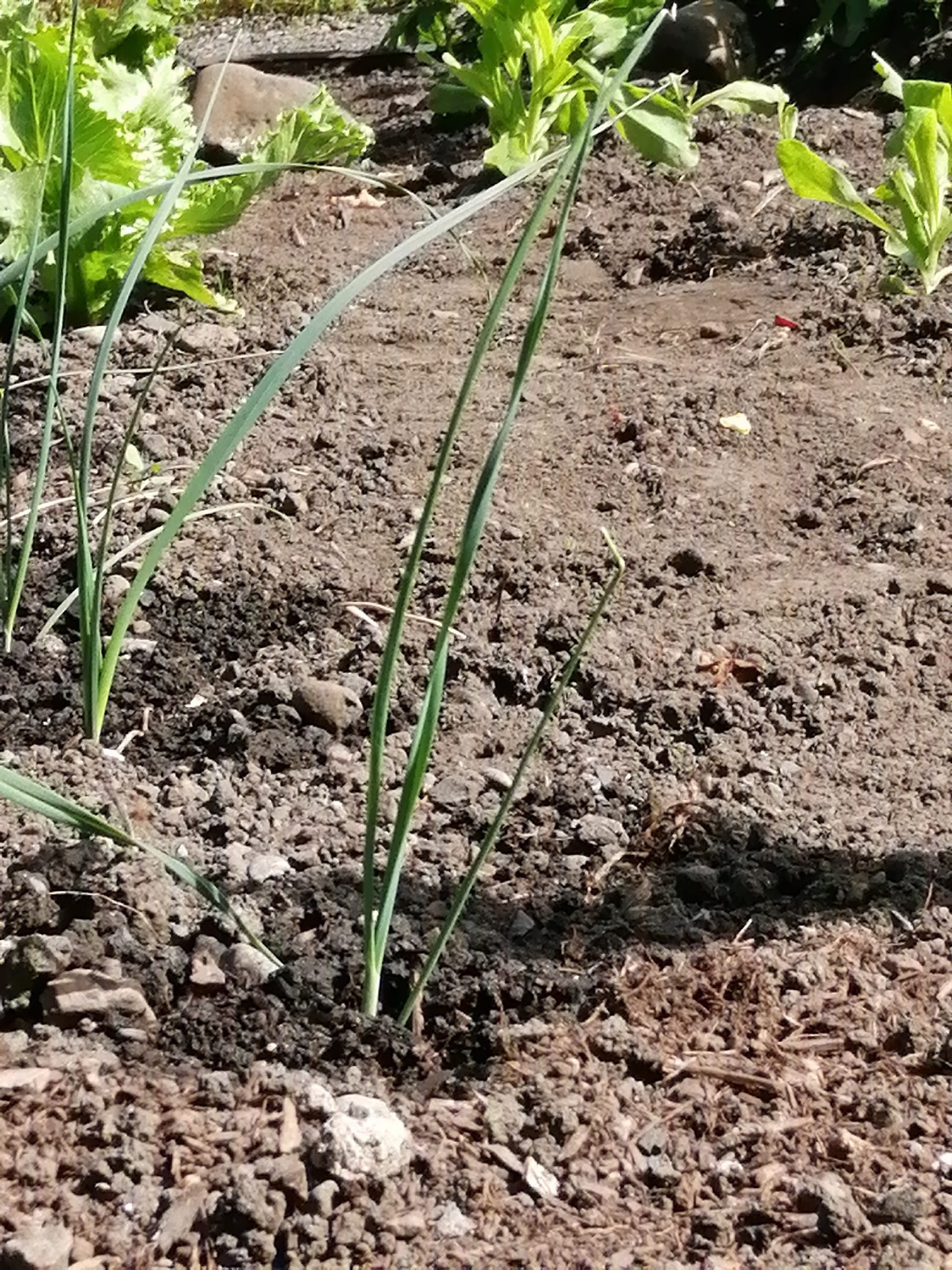
Blue Solaise is a traditional French variety with deep blue-purple leaves. It hosts a superb flavour and is very hardy.
More details
Full name: ‘Leafbeet Perpetual spinach’ or ‘Spinach Beet’
Grow season: April – June
Lettuce – Webbs Wonder
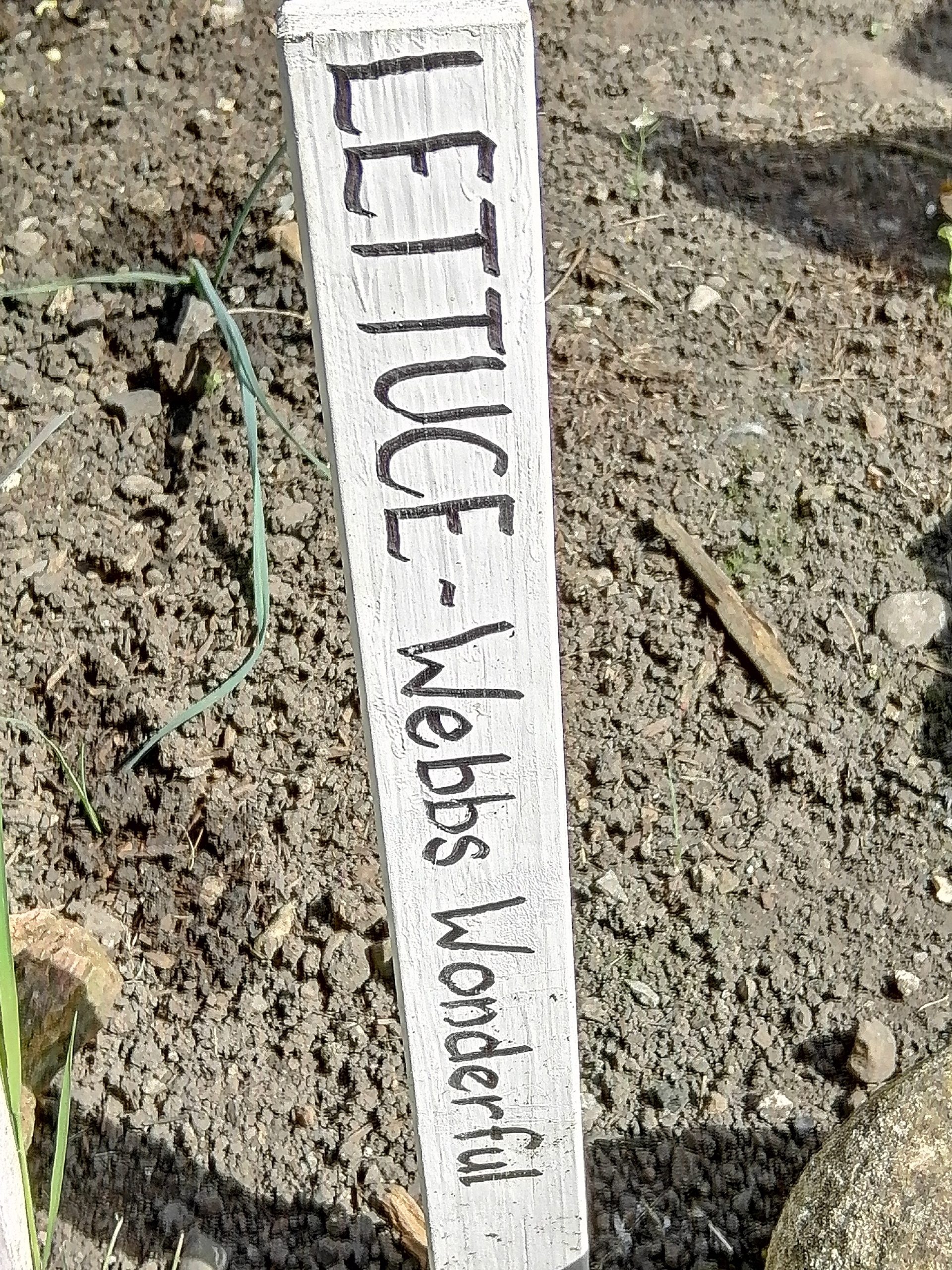
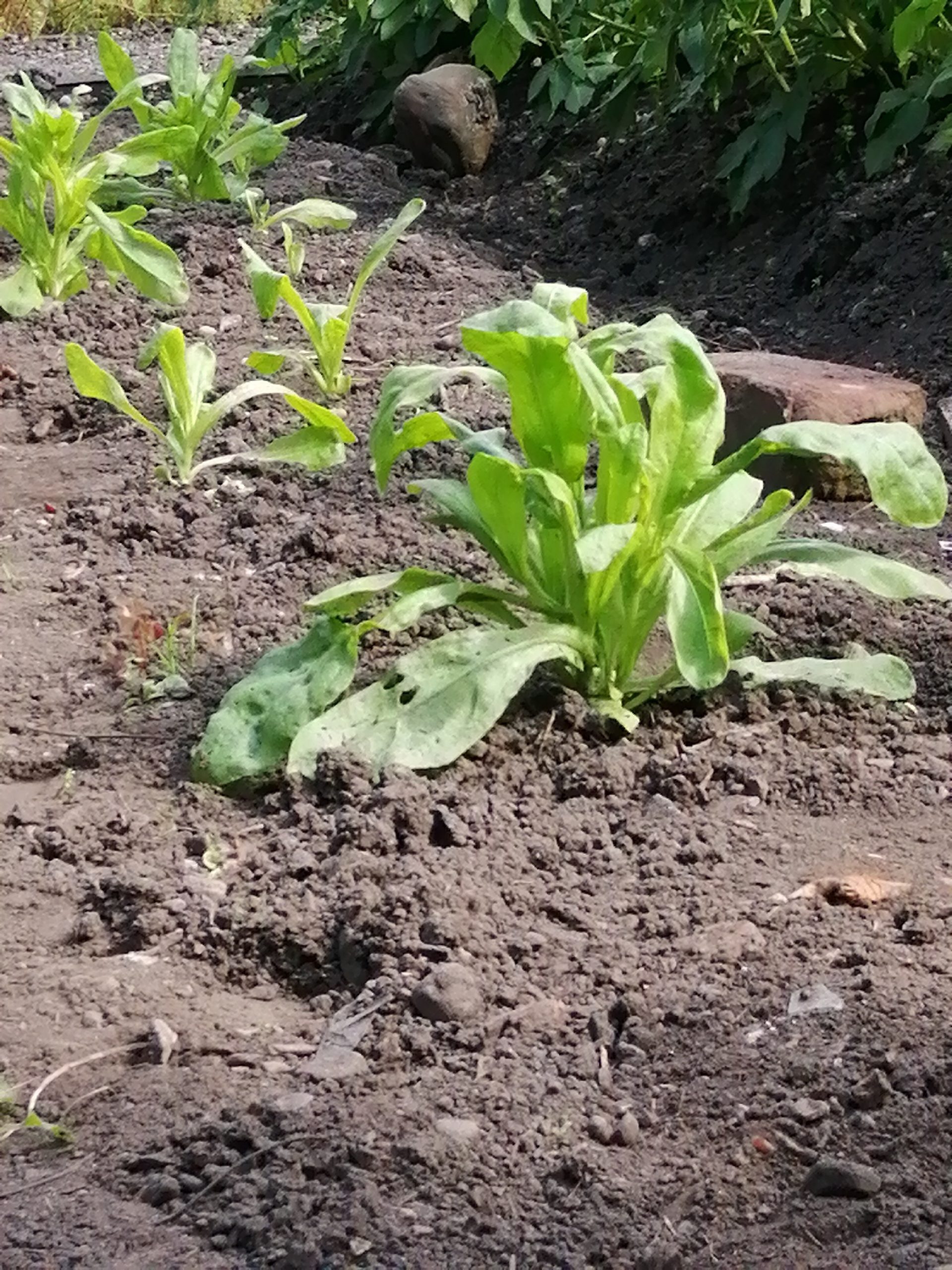
Lettuce ‘Webbs Wonderful’ has large, wrinkled leaves with a crisp, white heart. An outstanding variety that is slow to bolt, and performs reliably whether the summer is wet or dry.
More details
Full name: ‘Leafbeet Perpetual spinach’ or ‘Spinach Beet’
Grow season: April – June
Potato Fellside Hero
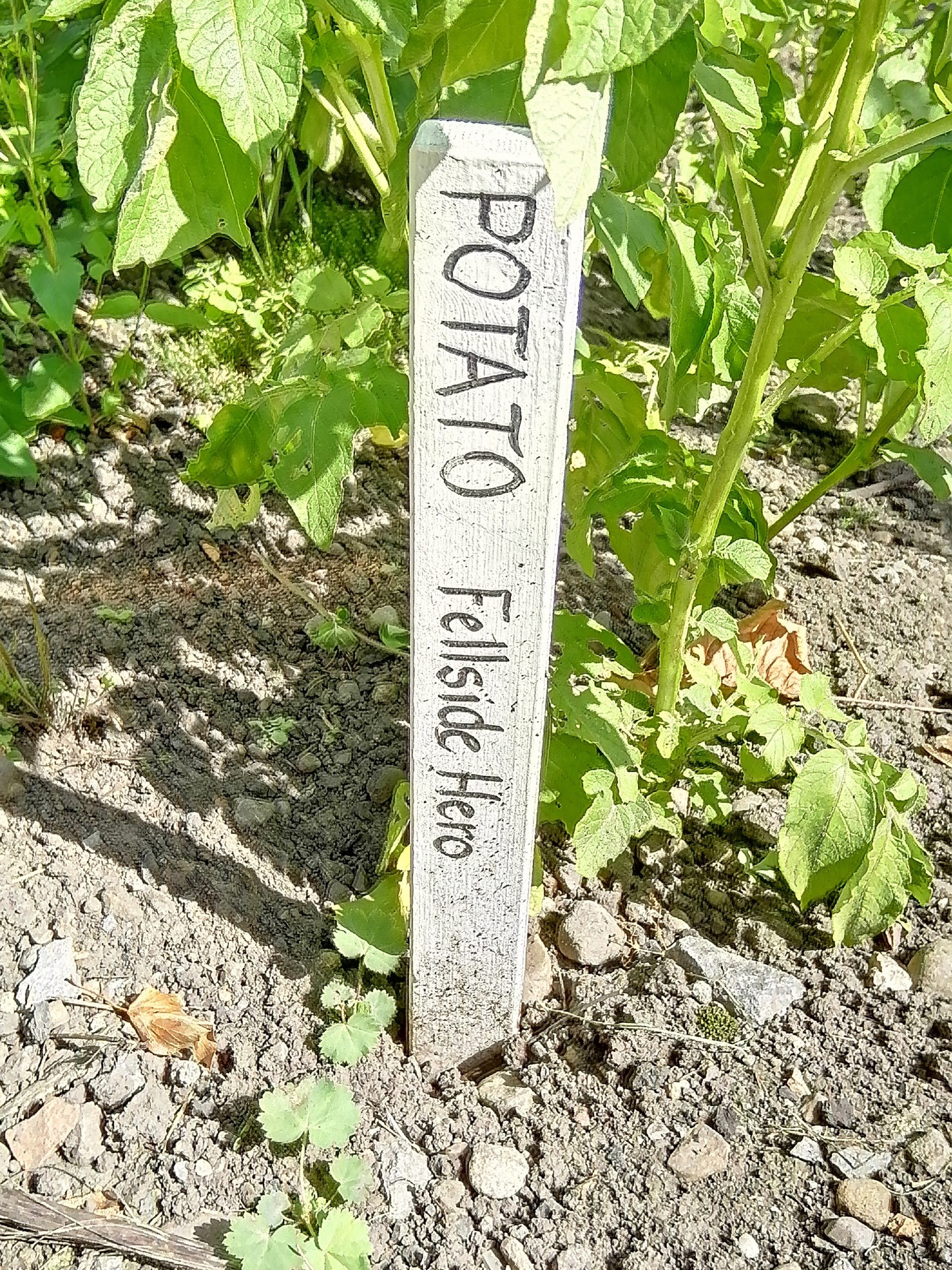
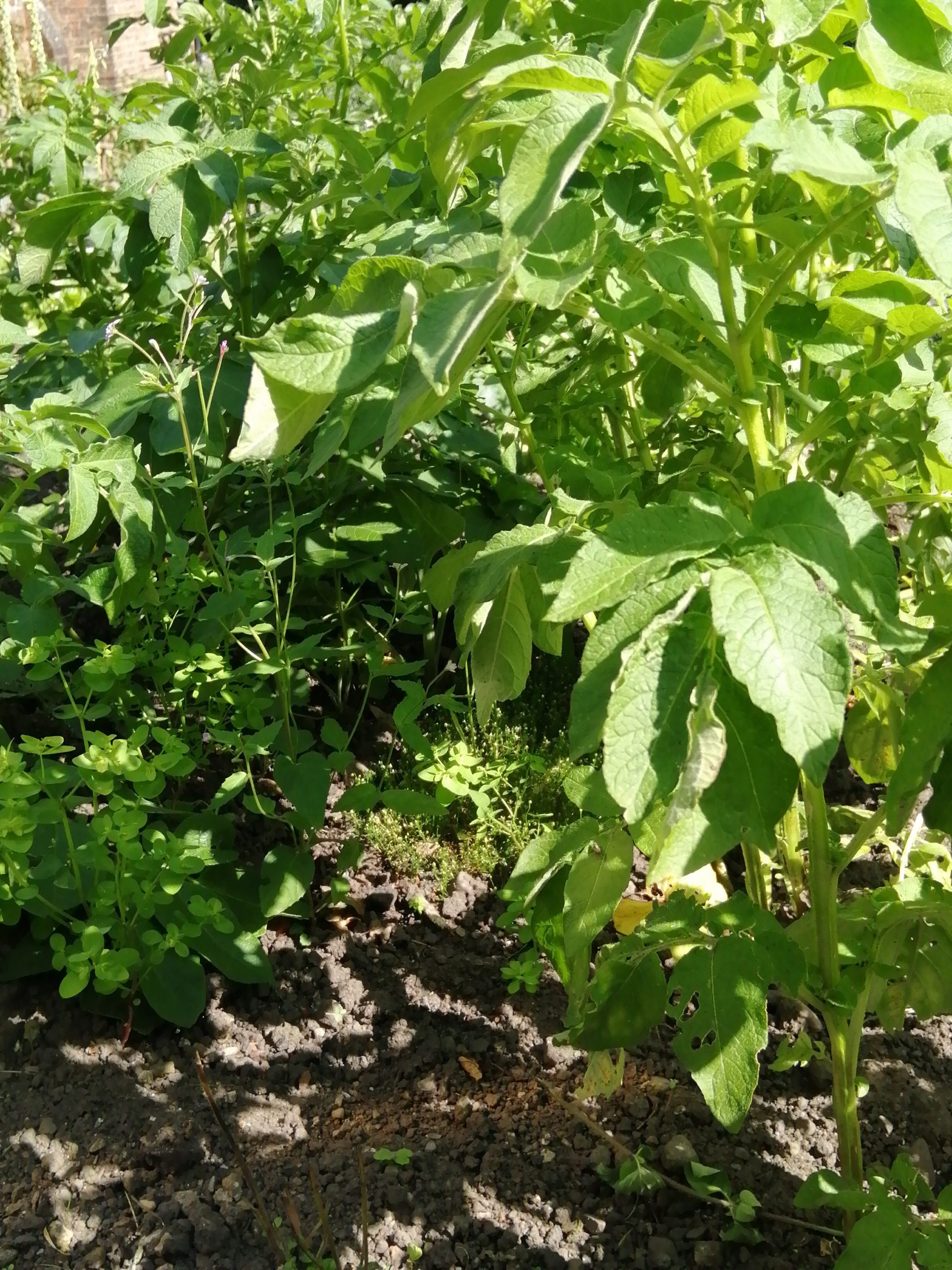
The ‘Fellside Hero’ was named in honour of the coronation of King Edward VII in 1902.
More details
Full name: ‘Fellside Hero’
Grow season: April – June
Onion Red Brunswick
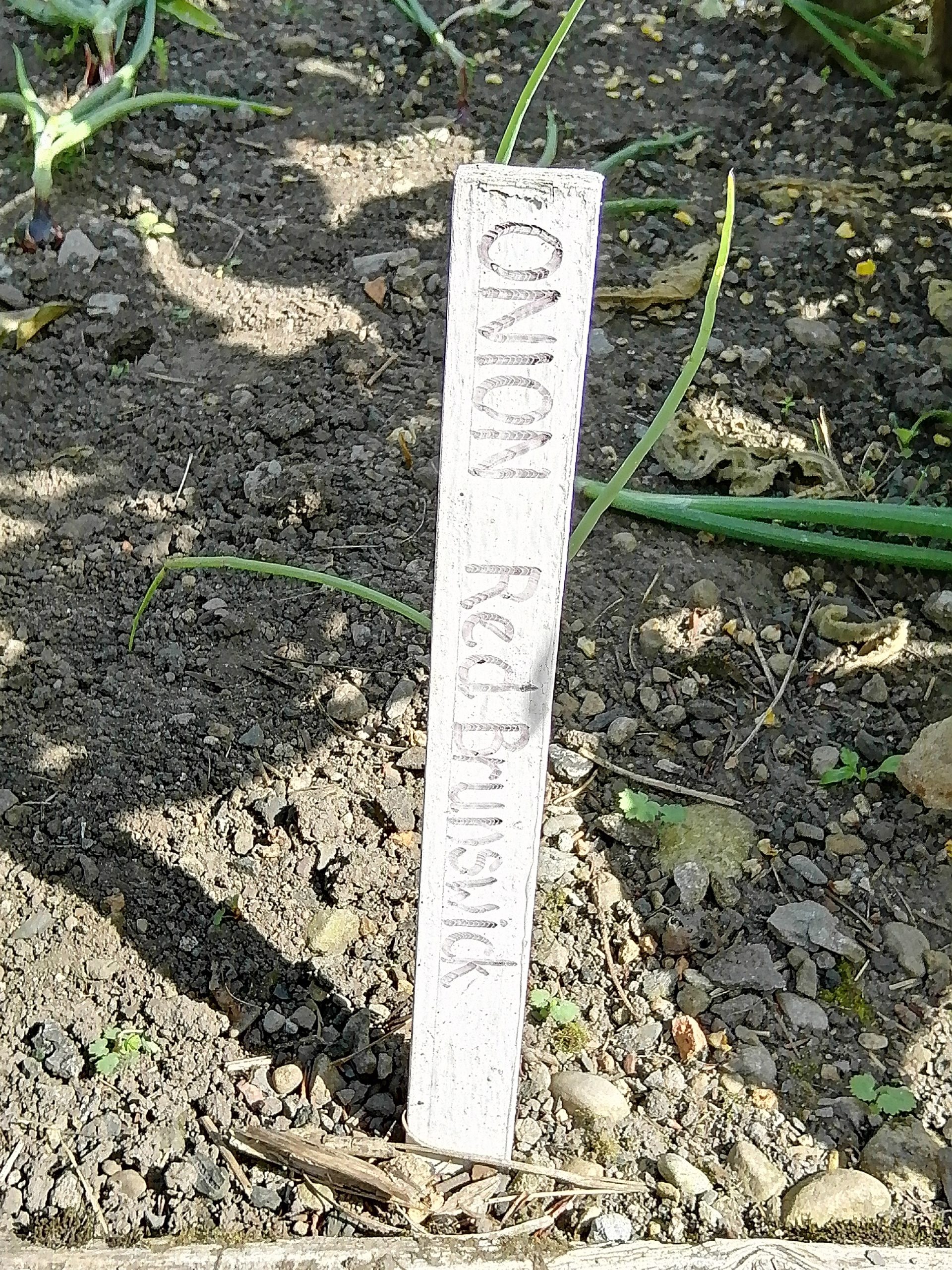

More details
Full name: ‘Red Brunswick’ or Onion Red Brunswick
Grow season: February – April (planting) | August – September (harvesting)
Lettuce Winter density
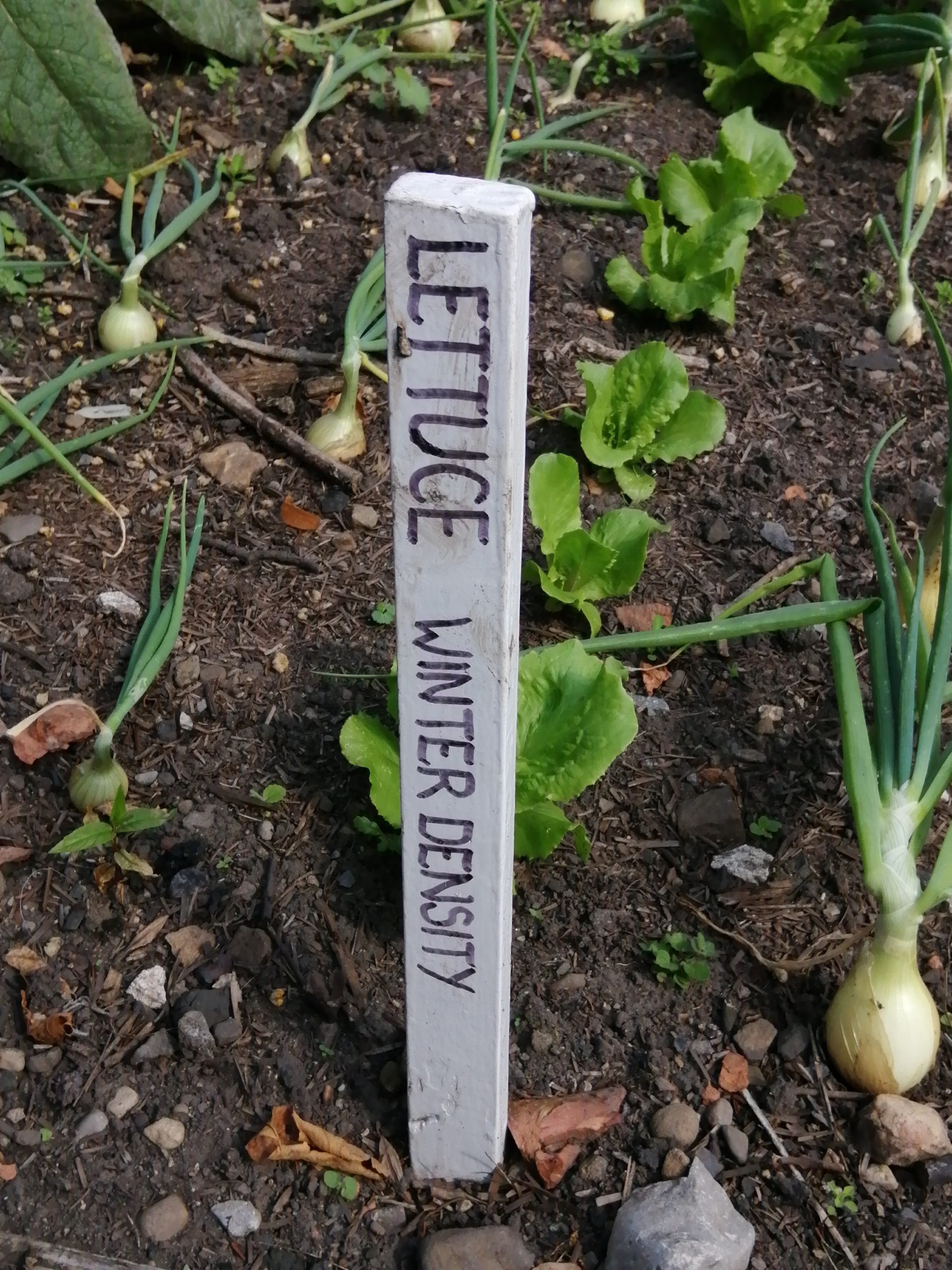

More details
Full name: ‘Winter Density Lettuce’
Grow season: September – October for winter or March – July for summer harvests
Onion Ailsa Craig
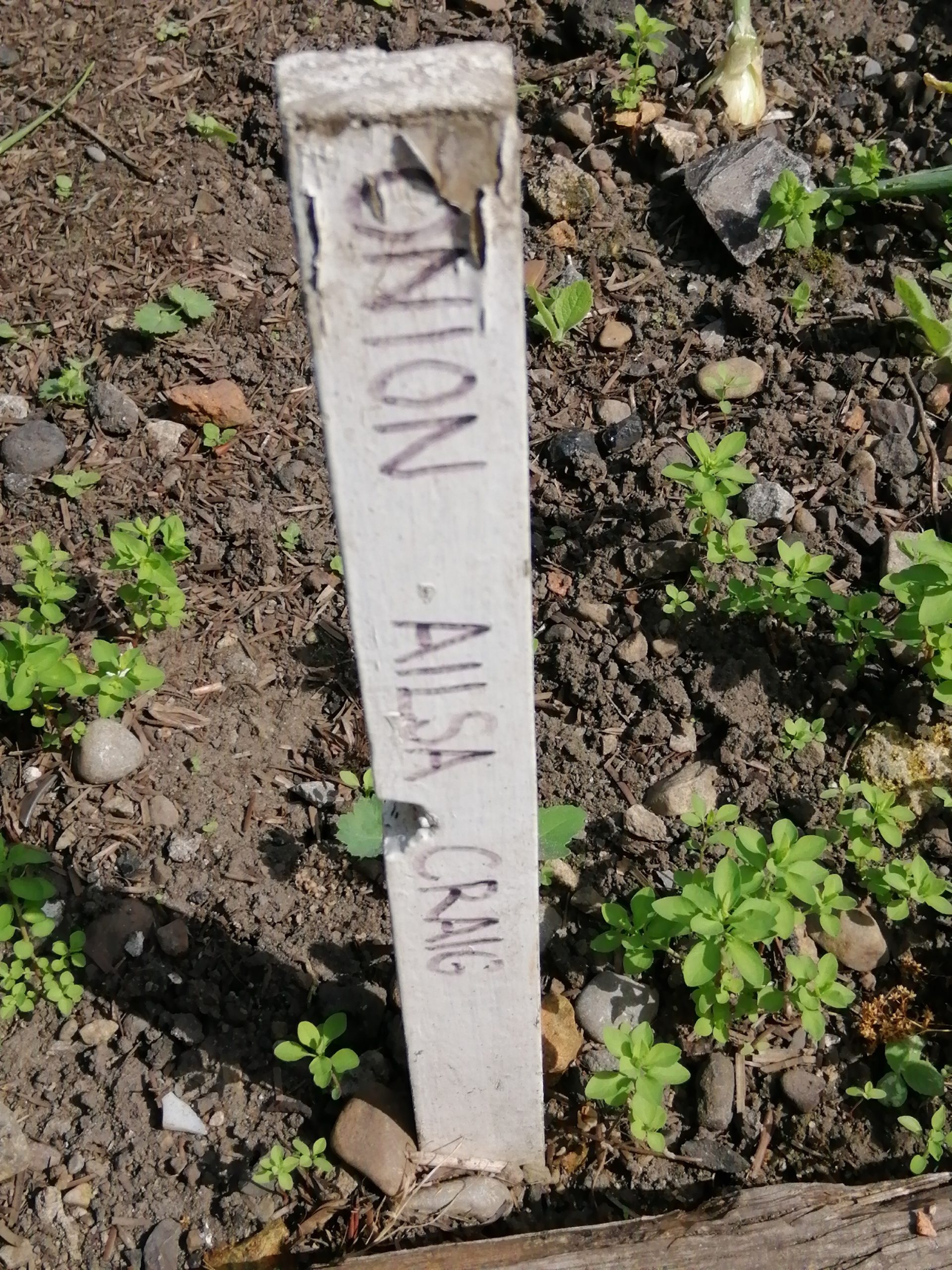

More details
Full name: ‘Ailsa Craig Onion’
Grow season: December to January
Fillingham Pippin Apple


More details
Full name: ‘Ailsa Craig Onion’
Grow season: December to January
